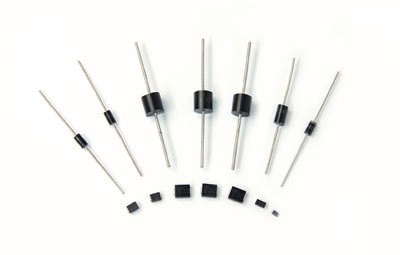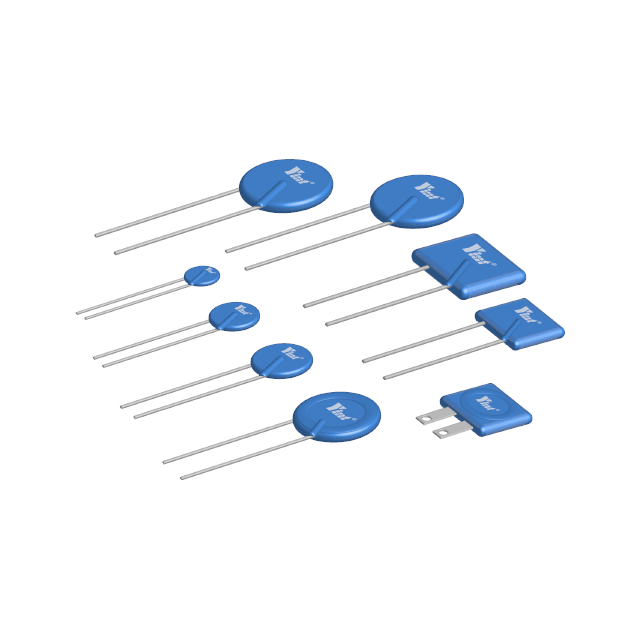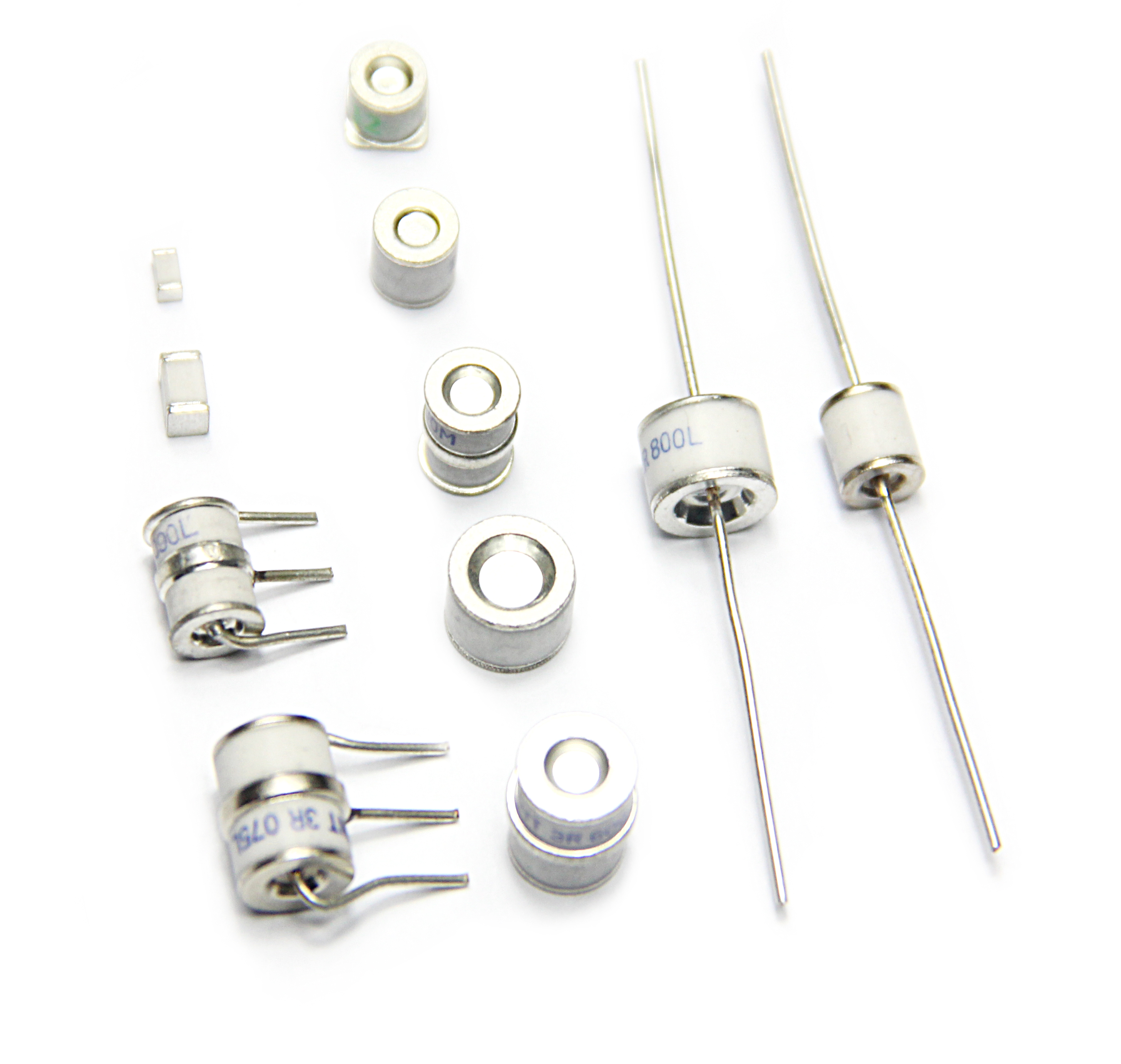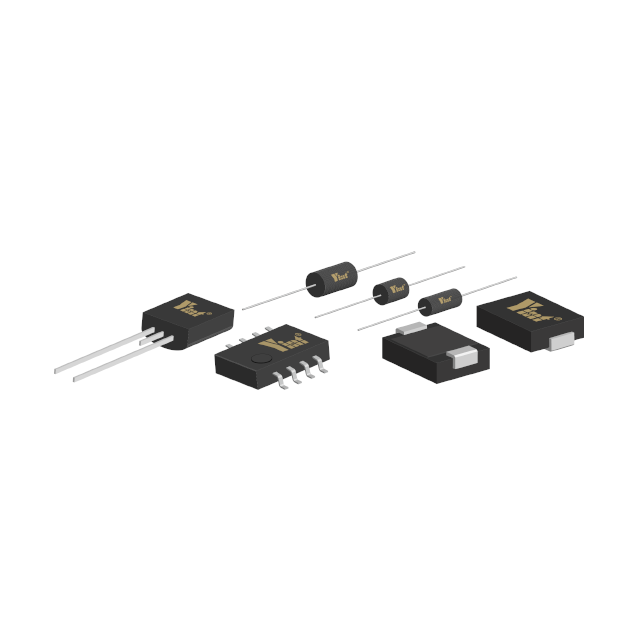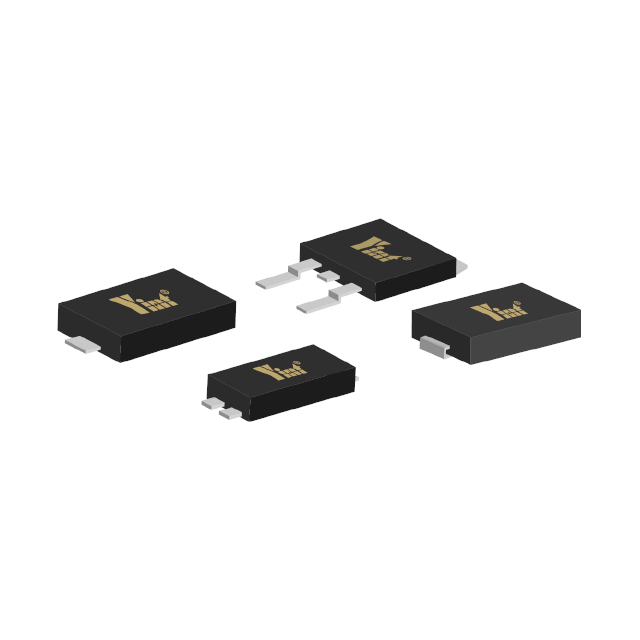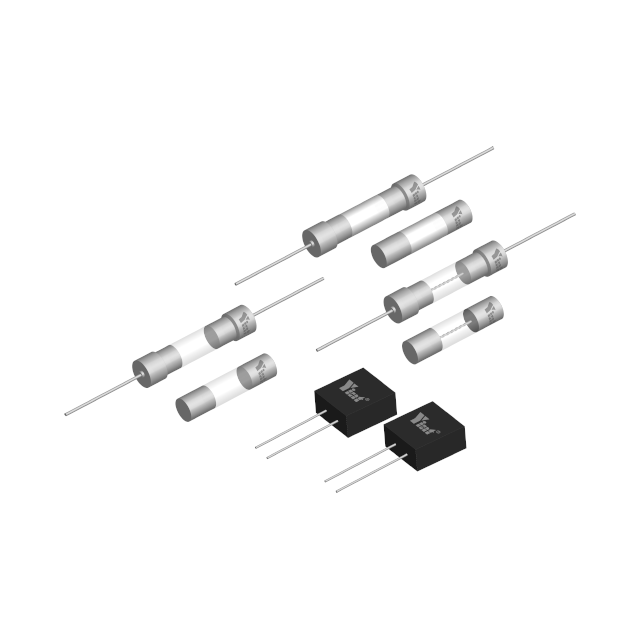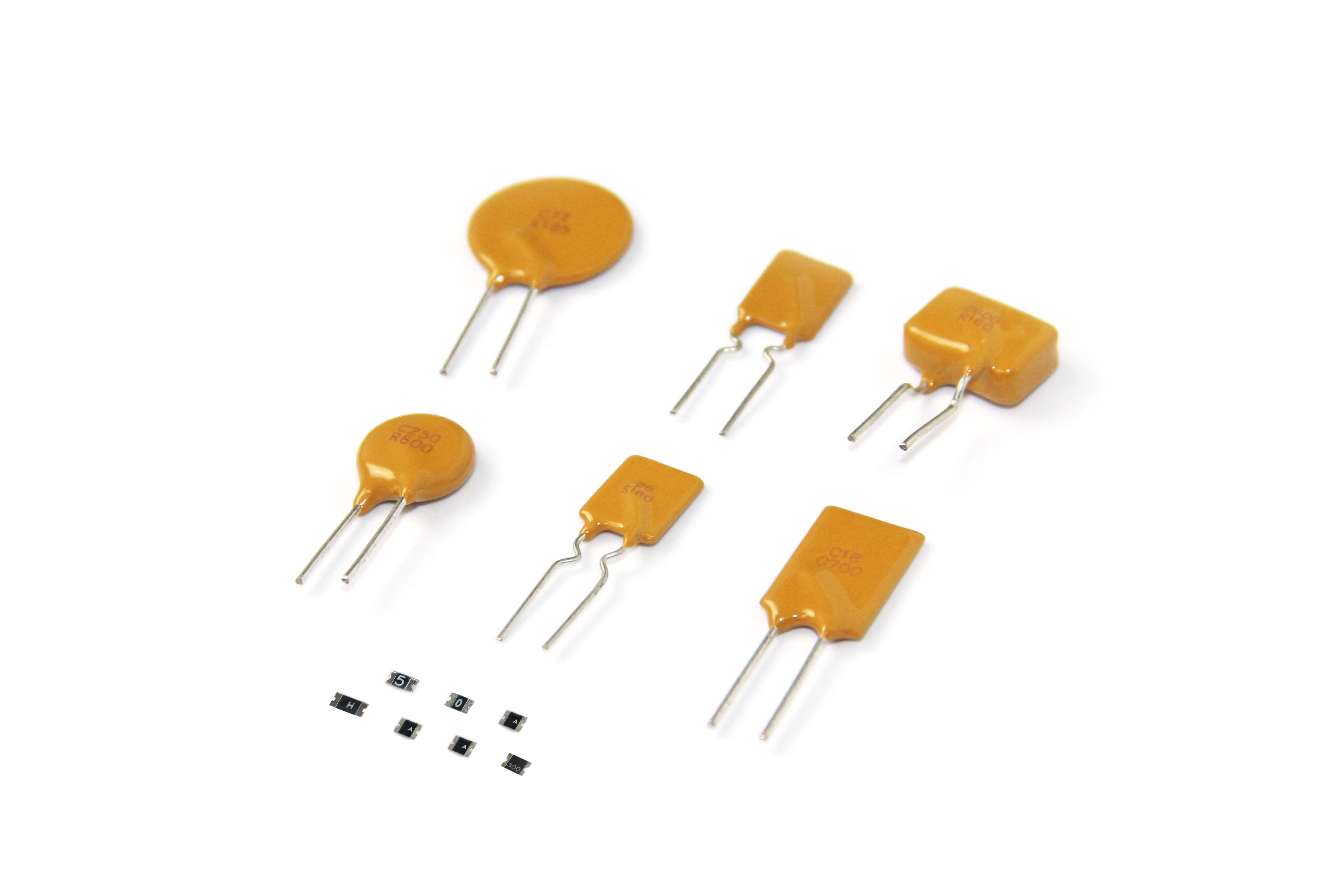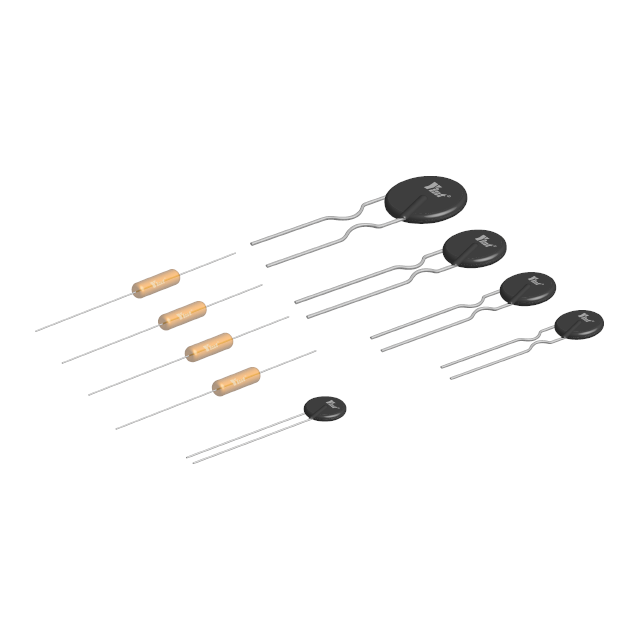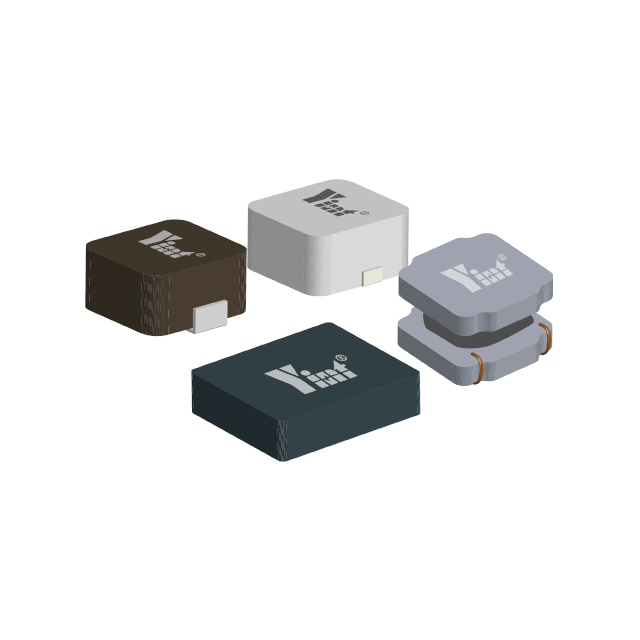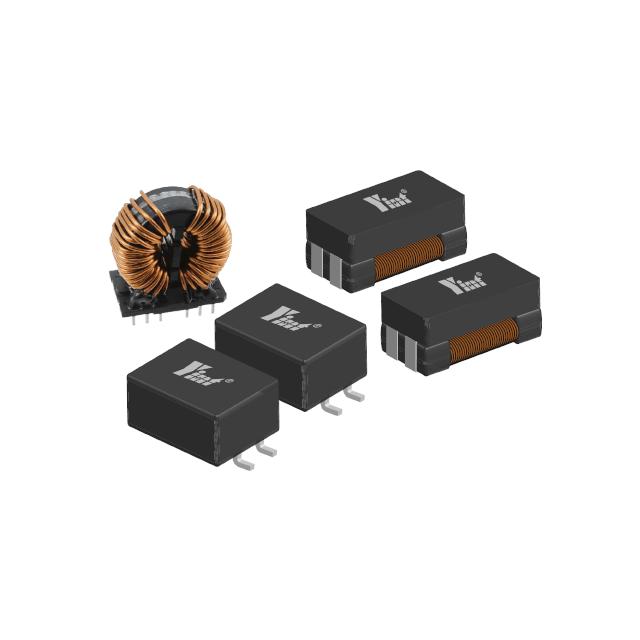Products Description
The biggest feature of the rectifier diode is to use the unidirectional conductivity of the PN junction to convert the alternating current into a pulsating direct current. The most important characteristic of a diode is unidirectional conductivity. Rectifier diodes can be made of materials such as semiconductor germanium or silicon. Silicon rectifier diodes have high breakdown voltage, low reverse leakage current, and good high temperature performance. Usually high-voltage and high-power rectifier diodes are made of high-purity single crystal silicon (it is easy to reverse breakdown when doped more). This kind of device has a large junction area and can pass a large current (up to thousands of amps), but the operating frequency is not high, generally below tens of kilohertz. Rectifier diodes are mainly used in various low-frequency half-wave rectification circuits. If full-wave rectification is required, they must be connected into a rectifier bridge.

1. The maximum average rectified current IF: refers to the maximum forward average current allowed to pass through the diode during long-term operation. This current is determined by the junction area of the PN junction and heat dissipation conditions. When using, it should be noted that the average current through the diode cannot be greater than this value, and the heat dissipation conditions must be met. For example, the IF of an M7 series diode is 1A.
2. The highest reverse working voltage VR: refers to the maximum reverse voltage allowed to be applied across the diode. If it is greater than this value, the reverse current (IR) will increase sharply, and the unidirectional conductivity of the diode will be destroyed, causing reverse breakdown. Usually half of the reverse breakdown voltage (VB) is taken as (VR). For example, the VR of 1n4001 is 50V, 1N4002-1n4006 are 100V, 200V, 400V, 600V and 800V respectively, and the VR of 1N4007 is 1000V.
3. The maximum reverse current IR: It is the reverse current that the diode is allowed to flow under the highest reverse working voltage. This parameter reflects the quality of the diode's unidirectional conductivity. Therefore, the smaller the current value, the better the quality of the diode.
4. Breakdown voltage VB: refers to the voltage value at the sharp bending point of the reverse volt-ampere characteristic curve of the diode. When the reverse is a soft characteristic, it refers to the voltage value under the given reverse leakage current condition.
5. The highest operating frequency fm: It is the highest operating frequency of the diode under normal conditions. It is mainly determined by the junction capacitance and diffusion capacitance of the PN junction. If the operating frequency exceeds fm, the unidirectional conductivity of the diode will not be well reflected. For example the fm of a 1N4000 series diode is 3kHz. Another fast recovery diode is used for the rectification of high frequency alternating current, such as switching power supply.
6. Reverse recovery time trr: refers to the reverse recovery time under the specified load, forward current and maximum reverse transient voltage.
The selection method is as follows:
1. When selecting a rectifier diode, parameters such as its maximum rectification current, maximum reverse operating current, cut-off frequency and reverse recovery time should be considered. The rectifier diodes used in ordinary series regulated power supply circuits do not have high requirements for the reverse recovery time of the cut-off frequency, as long as the rectifier diodes with the maximum rectification current and maximum reverse operating current meet the requirements are selected according to the requirements of the circuit.
2. The rectifier diode used in the rectifier circuit of the switching regulated power supply and the pulse rectifier circuit should use a rectifier diode with a higher operating frequency and a shorter reverse recovery time (such as RS series, US series, ES series, etc.)

